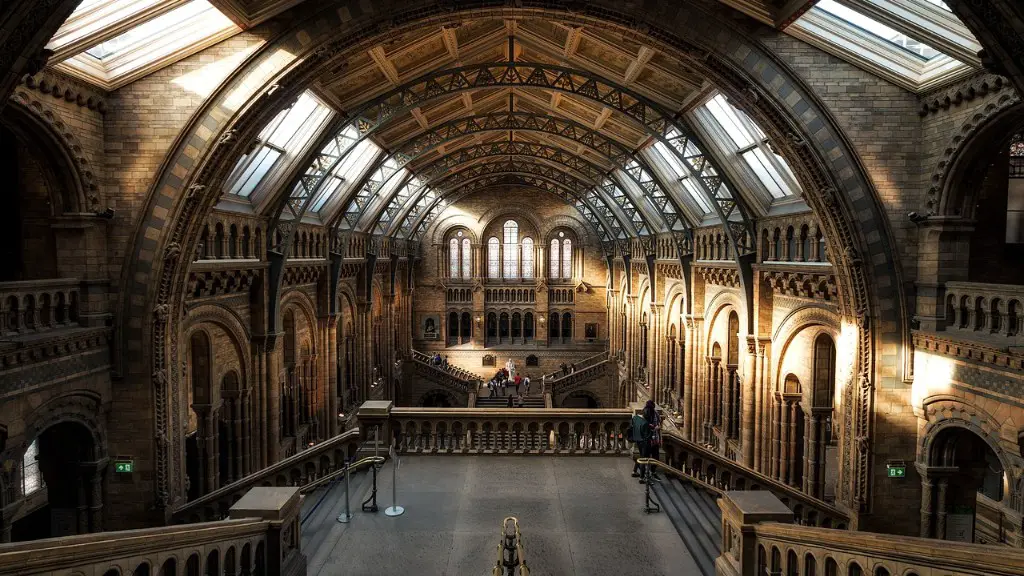Why Do You Choose Architecture
Making the decision to get into architecture is a difficult choice and a long-term commitment. As their design shapes the very environment we live in and the very buildings we work in, architects have the power to create awesome buildings, but why choose architecture as a profession? Here we weigh the pros and cons of choosing architecture and ultimately answer the question: why do you choose architecture?
Without further ado, here are some of the major pros of being an architect:
Creative Satisfaction
Architects have the unique opportunity of designing the physical environment around us. This can be immensely rewarding, especially when you hear reports from people who have been positively influenced by the buildings you have designed.
Moreover, an ability to create something from nothing particularly appeals to creative types who want their projects to bring people closer to nature or a specific understanding or theme. Architects have the means to bring people together as a result of their design.
Income Potential
Architecture is an in-demand profession and this opens up the possibility to capitalize on the services you can offer. Despite the number of years it takes to become a licensed Architect, the payoff is usually worth it. Salaries in the U.S. range from around $40,000 to close to $151,000 per year according to the Bureau of Labor Statistics.
Additionally, with ever-evolving technological advancements, more people are looking for sustainable design consulting from Architects. Attesting to this, the valuation of the global architecture market was estimated at USD 1,293.9 billion in 2018 and projected to reach USD 1,861.6 billion by 2024 according to Research and Markets.
Flexibility and Freedom
Architecture covers a broad range of practices and services and this subsequently gives Architects the freedom and flexibility to choose how and where to develop their careers. Architects have the freedom to decide whether they want to work solo, in a firm or both. There is also great potential to advise on diverse projects.
For those with an adventurous streak, architecture also presents exciting opportunities to travel and work. Structural practices also present plenty of opportunities to journey internationally, allowing Architects to explore different cultures and cities.
Room To Play
Architecture is an ever-dynamic profession, allowing Architects the opportunity to continually evolve their skillset. The profession is also incredibly complex and multidimensional, which allows Architects the freedom to play with ideas and create something truly unique.
Partnerships between Architects and developers further incentivise playful practices due to the projects it can present to Architects with the most creative solutions.
Knowing You’ve Changed The World
This is the most compelling advantage of being an Architect: to change the world. Architects have the power to inspire future generations and truly make a positive impact towards society and living environments.
In an ever-urbanizing world, Architects are more in need than ever as they are tasked to protect the environment, prevent overcrowding, reduce pollution and develop eco-friendly buildings that take into account sustainability and health considerations.
The Disadvantages of Choosing Architecture
As with any profession, Architecture is not without its disadvantages. The historically long study time can range anywhere between five and eight years, of course, the number of years can vary on a case-by-case basis. This can put a huge strain on finances, and on family and social life.
Additionally, Architects require a unique blend of skills from creative designing to problem solving to business. Often times, Architects with desirable skillsets are unable to get into well-paid positions as the job market for architects is highly competitive.
Demands of Working in Architecture
Architecture can be exceedingly time-consuming and demanding. Architects have to work with long and non-traditional working hours in order to meet deadlines or execute a design. There is also a lot of teamwork involved and so Architects have to be willing to take direction from colleagues, clients and developers.
Furthermore, Architects have to make difficult decisions with regards to design. These decisions can often be the deciding factor between a successful design concept and a failed one.
Job Security
One of the biggest drawbacks of Architecture is the lack of job security that comes with the profession. Surprisingly, Architects don’t always possess permanent positions and thus have to move from firm to firm or even from region to region to advance their careers.
In addition, career breaks are common in Architecture, primarily due to the cyclical nature of the industry. This can hinder career progression and make it difficult to stay modern and afloat while keeping abreast of the latest design trends.
Future Outlook
In recent years, there have been countless design breakthroughs within the Architecture industry. One of these breakthroughs is in the form of modern 3-D technology, allowing Architects to see their creations come to life before building them.
With this advanced technology, Architects will have the opportunity to rapidly accelerate their work and hence, become more efficient in their approach. Thus, jobs in the Architecture industry are set to increase, resulting in more employment opportunities for architects within the future.





